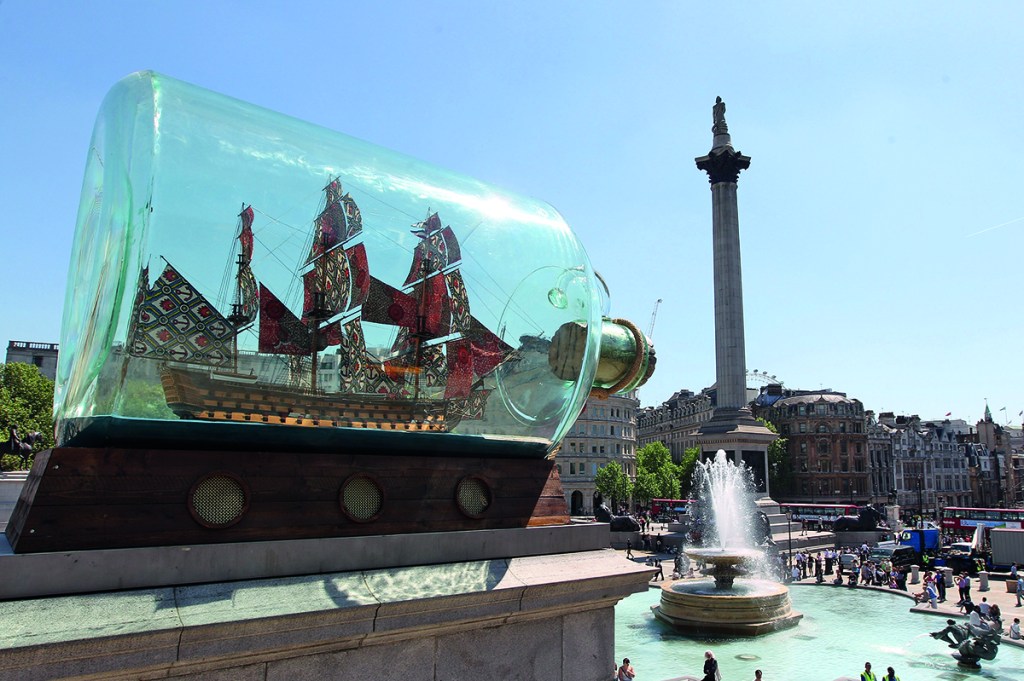Statues do more than monumentalize individual achievement. They embody the self-image of those who raise, cherish and preserve them. It is this common self-conception that is being upended by the wave of iconoclasm that is sweeping through American cities.
The race to raze structures that have stood untouched for decades or centuries disturbs because, instead of reassessing the past, it attacks it to reorder the present. Wherever you stand on this, the ‘debate’ is limited by Western visual traditions and stunted by patchy education. In Wisconsin, the abolitionist Hans Christian Heg was yanked down. In San Francisco, Ulysses S. Grant, a president who set the US Army on the Klan, was deposed. In Washington, DC, Gandhi, once praised by W.E.B. Du Bois as the ‘greatest man in the world’, was vandalized.
In the ‘world of statues’, as Frantz Fanon called it, there can be no permanence. A statue sustains its pose, but its significance alters with the political tides. We cannot deny the consensus of injustice from which many monuments were originally forged — Confederate monuments in particular — but we also lack a consensus about what to do next. Statues are being lopped off their plinths at a feverish rate, and Homeland Security storage units are becoming congested with the debris of Confederate pride. A symbolic reckoning is being forced upon us.
We could adopt the Roman doctrine of damnatio memoriae — the ancient ‘cancel culture’ that prescribed the total destruction of the statues, coins and laws of emperors who posthumously fell foul of the public mood. Caligula’s face was recast into a statue of his successor Claudius, and his bronze portraits were melted down. But this is eradication at the expense of evaluation.
We cannot always leave the decision to our putative betters. In 2018, Bill de Blasio enlisted historians, artists and cultural experts in an attempt to re-evaluate New York’s public monuments. Their ‘non-binding’ scrutiny failed to elicit the active engagement of New Yorkers. In a city of eight million, five public hearings drew just over 500 people. An online survey garnered little more than 3,000 responses. The public might have responded more strongly if the report’s findings had been binding. But do our leaders trust us?
In London, a specialist panel decides the temporary placements upon Trafalgar Square’s empty fourth plinth. Since 2003, this initiative, a legacy of Ken Livingstone’s mayoralty, has produced a rolling program of wry and stimulating commissions. In 2010, while Lord Nelson monitored from his column, Yinka Shonibare stuffed a replica of his flagship into a glass bottle, its sails made of African batik. Nelson expressed racist opinions in his correspondence, but he also served on the Royal Navy’s anti-slavery patrols off the coast of west Africa. Shonibare’s installation, apart from questioning the fabric’s ‘authentic’ origins, fleshed out the historical ambiguities.
The rotating commissions on the fourth plinth are often unabashedly political, but they also engage the public in the past and present: in 2018, Michael Rakowitz recreated Lamassu, the protective deity of the ancient Assyrian city of Nineveh, whose ruins had been destroyed by Isis. Few can name the empire-builders on the other three plinths; nobody wants to miss a new installation on the fourth. Every two years, the public architecture mutates again as a new installation arrives, sparking new debate about our common past. This metamorphosis creates a material bridge between the past and the present. The only alternative to this dialogue is a puritanical future, untainted by fragments of the past and thus incapable of conveying where we come from.
[special_offer]


















